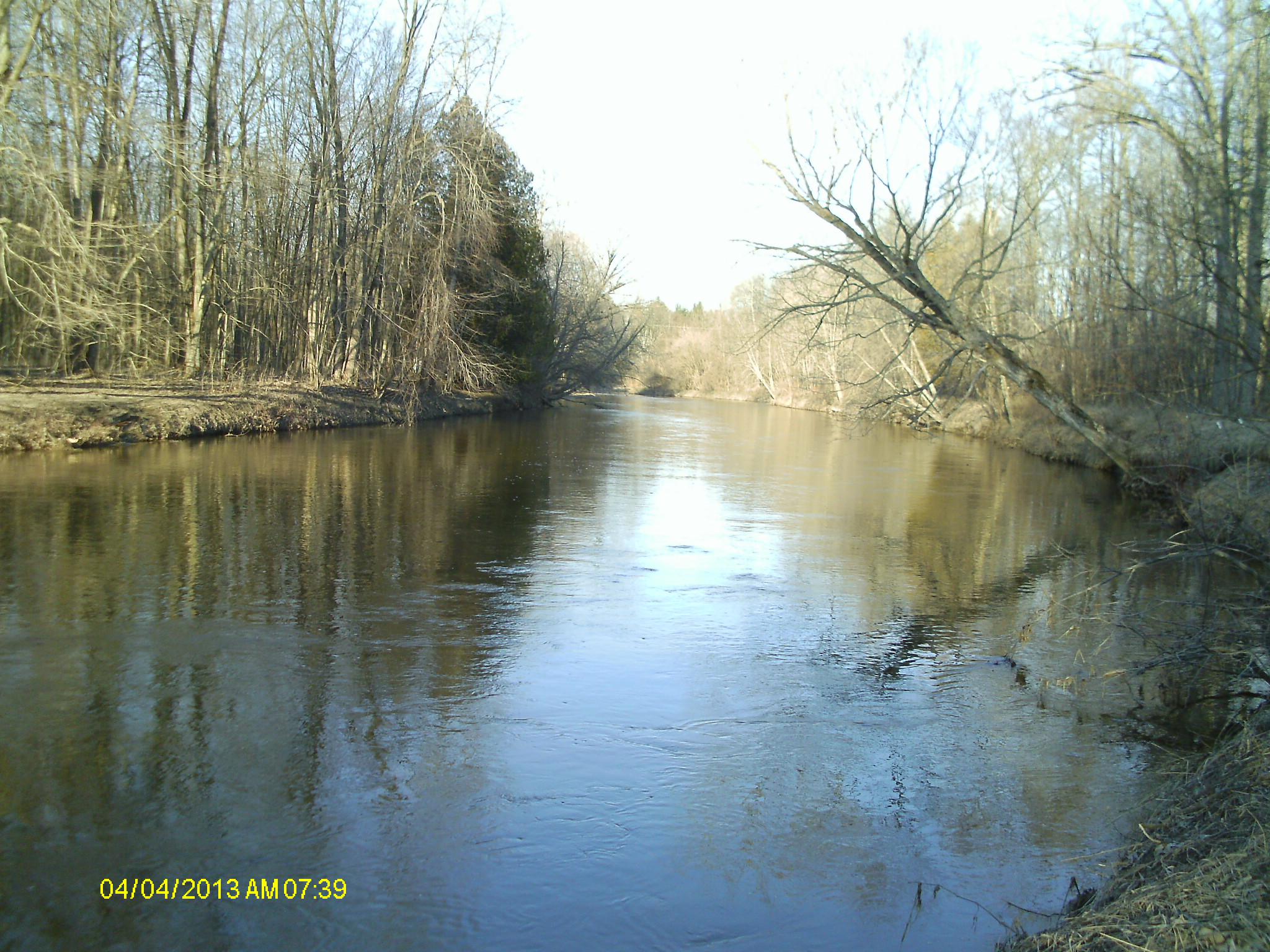

The large majority - roughly 70% - of all fire-related tree cover loss over the past two decades occurred in boreal regions. Here’s a look at some of the places most impacted by increasing forest fires, based on the latest data: Boreal Forest Fires Threaten to Release Deep Soil Carbon The data is updated every month.This feedback loop, combined with the expansion of human activities like agriculture into forested areas, is driving much of the increase in fire activity we see today, including recent record-setting fires in France and other areas in Europe. Map indicates the probability of accumulated snow or ices for next 3 days Weather Data since 1895Ĭounty-level monthly precipitation and temperature data since 1895 provieded by National Centers for Environmental Information (NCEI). This storm tracker contains data from 1851. Storm Tracker and Model MixerĪ hurricane watcher's guide to the latest track and model forecasts. The Air Quality Index (AQI) translates air quality data into numbers and colors that help people understand when to take action to protect their health.

See a map of wildfires since 2017 Air Quality Index (AQI) Forecasts and Current Conditions 30 Drought Monitor and Historyĭata shows the location and intensity of drought across the country. Maximum heat index forecast for next 7 days. Weather Prediction Center forecasts the probability that rainfall will exceed flash flood guidance within 25 miles of a point. Real-time Streamflow Map: River Water LevelĬurrent data typically are recorded at 15- to 60-minute intervals. For more recent tornadoes, clicking deeper provides more details, damage estimates and whether someone was injured or killed in the storm. This interactive map, which contains data from January 1950, pinpoints where a cyclone touched down and traces its path of destruction. A history of twisters: Tornadoes in Florida since 1950s Rolling Storm Damage ReportsĪs storms strike, this interactive map is your guide to impacts and damage reports coming into National Weather Service stations nationwide. Track all current severe weather warnings, watches and advisories for Port Huron, Michigan and other areas in the United States on the interactive weather alerts page. Weather Alerts: Warnings, Watches and Advisories
OMER MICHIGAN FOREST FIRE UPDATE
It will automatically update every 15 minutes. Smoke from various sources was adding to the amount of total aerosol over the Gulf of Mexico.Īs severe weather or blizzards threaten, this database scrapes power outage information from more than 1,000 companies nationwide. Most smoke was moving northeastward while smoke across western Oregon was moving east-southeastward.ĭUST: Southeastern Gulf of Mexico/Bahamas/Caribbean Region/Western Atlantic Ocean - The Saharan dust layer continues to gradually shift farther to the west and now covers the western Gulf of Mexico, most of the Caribbean region including Cuba, Hispaniola, Jamaica, and Puerto Rico, along with the Bahamas, and the Atlantic to the east and northeast of the Bahamas and the Caribbean region.

Pacific Northwest - A couple fires from Oregon to western Montana and southeastern BC were seen emanating mainly moderate smoke with two in Oregon and one in Idaho emanating thicker smoke. Remnant moderate density smoke was also observed across the northeastern CONUS, Great Lakes, and into the Mid-Atlantic and Carolinas.

Moderate density smoke was also noted emanating from the persistent fire activity in west-central Quebec. Thicker smoke exists across northwestern Canada, where moderate to thick smoke emissions were seen emanating from persistent wildfire activity across eastern Northwest Territory and far northern Saskatchewan and moving mainly westward. The light smoke blankets an area including much of Canada, a significant portion of the CONUS, eastern Alaska, the Gulf of Mexico, and the north Atlantic. West Coast/Northern Gulf of Mexico - The large area of smoke primarily from the wildfires in western and northwestern Canada continues to be observed today. Descriptive text narrative for smoke/dust observed in satelite imagery through July 26, 2023, 8:53 p.m.Ĭanada/United States/Atlantic Ocean/Northern Mexico/Pacific Ocean off the U.S.


 0 kommentar(er)
0 kommentar(er)
